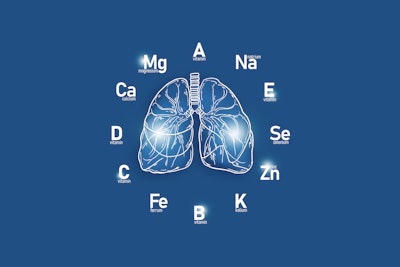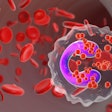
Researchers have uncovered a promising new biomarker for asthma, potentially revolutionizing diagnosis and treatment strategies for the chronic respiratory condition.
Recently published in the Journal of Inflammation Research, the study, “Ferroptosis-Related Gene CRYAB in Asthma: Bioinformatics Identification and Experimental Validation,” identified the gene as a critical player in asthma pathogenesis through the role it plays in ferroptosis. Ferroptosis is a form of iron-dependent cell death driven by lipid peroxidation. The study, which combined bioinformatics analysis, clinical sample validation and in vitro experiments, suggests that CRYAB may serve as both a diagnostic marker and therapeutic target.
Using transcriptome data from asthma patients, researchers applied machine learning algorithms (LASSO and SVM-RFE) to screen ferroptosis-related genes (FRGs). Among several candidates, CRYAB and TFRC emerged as significant, with CRYAB showing consistent upregulation in asthmatic lung tissues and strong diagnostic potential.
In lab experiments, overexpression of CRYAB in bronchial epithelial cells reduced oxidative stress markers, such as ROS and MDA, while increasing antioxidant levels like glutathione (GSH). These effects protected cells from ferroptosis, highlighting CRYAB’s potential to mitigate inflammation and tissue damage in asthma.
The study also revealed that CRYAB expression correlates with increased immune cell infiltration, including dendritic cells, mast cells and eosinophils — key players in asthma’s inflammatory response. According to the study’s authors, this positions CRYAB at the intersection of immune regulation and cell death, offering new insights into asthma’s complex biology.
The authors noted that although the findings are promising, further validation is needed through larger-scale studies and mechanistic investigations.
The authors further concluded that the discovery opens new avenues for precision medicine in asthma, particularly for hard-to-treat forms like neutrophilic asthma, where ferroptosis plays a prominent role. Targeting CRYAB or its regulatory pathways could lead to more effective, personalized therapies.























